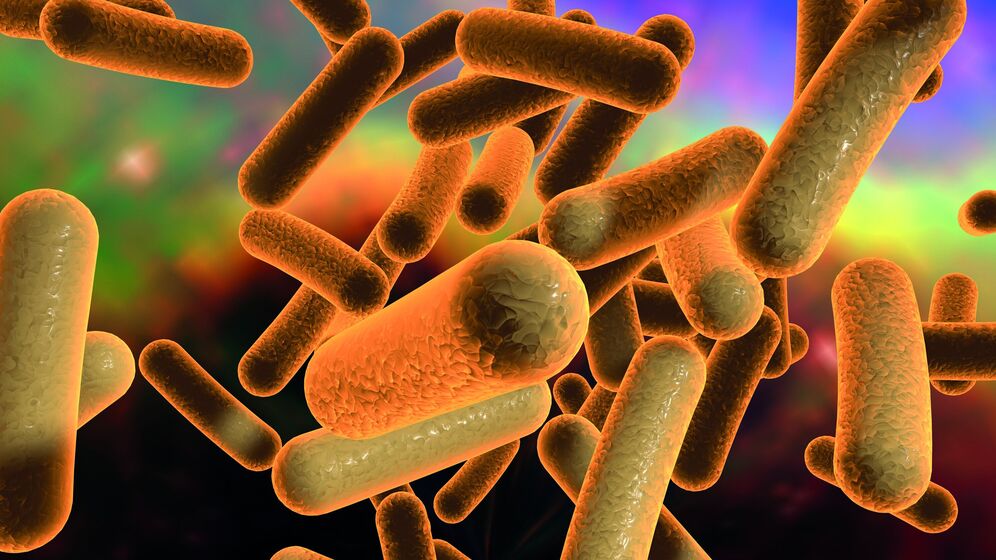Bacteria Special

What are bacteria?
The bacteria (Bacteria) (singular the bacterium, obsolete also the bacterium; from Greek βακτηριον baktêrion, sticks') form one of the three basic domains, in addition to the eukaryotes and archaea, into which all living beings are divided.
Exploration
Bacteria were first observed by Antoni van Leeuwenhoek with the help of a self-made microscope in water and in human saliva and described by him in 1676 in reports to the Royal Society of London. Up until the end of the last century, the term "bacteria" was used in microbiology for all microscopically small, mostly unicellular organisms that do not have a real cell nucleus and therefore belong to the prokaryotes.
Diagram of a bacterial cell
Bacteria mostly have a cell wall, all have cytoplasm with cytoplasmic membrane and ribosomes. The DNA is present as a strand-like, self-contained molecule, a so-called bacterial chromosome, freely in the cytoplasm. The DNA molecule is about 1.4 millimeters long with a diameter of just 2 nanometers and contains around 4400 genes.
Size
The size of bacteria varies greatly: their diameter is between about 0.1 and 700 μm, with most about 0.6 to 1.0 μm. Their length is in a larger range: in single cells between about 0.6 microns (in cocci) and 700 microns, hyphae can be even longer, most bacteria are 1 to 5 microns long.
Propagation
Bacteria reproduce asexually through cell division. This can occur by transverse division (especially in the case of cylindrical bacteria), by budding, by sporulation, or in some other way

Ecological Importance
A total of around 10 billion bacteria live in the human mouth.
With average hygiene, there are about a hundred times as many bacteria on human skin, i.e. a total of about one trillion, but distributed very differently: on the arms there are only a few thousand, in greasy areas like the forehead a few million and in moist areas like the face Armpits several billion per square centimeter. There they feed on around ten billion skin cells that are shed every day and on minerals and lipids that are secreted from the skin pores.
99% of all microorganisms living in and on the human body, namely more than 100 trillion with at least 400 different species, including mainly bacteria, live in the digestive tract, especially in the large intestine and form the so-called intestinal flora.
Even in the lungs of healthy people, 128 types of bacteria have recently been discovered due to a new research method within the Microbiome project (circa 2007). Until then, microbiologists had never been able to grow bacteria from the lungs in the laboratory, so the lungs were thought to be sterile.
Biotechnical Importance
The ability of a large number of bacteria to produce substances important to humans, such as antibiotics and enzymes, is used in biotechnology in a variety of ways
In addition to classic processes in food and chemical production (white biotechnology; especially bioethanol, acetic acid, lactic acid, acetone), the use of their abilities to eliminate problematic waste and to produce medicines (especially antibiotics, insulin) also belongs here.
Escherichia coli as well as various types of Clostridia, Corynebacterium, Lactobacillus, Acetobacter and a large number of other bacteria play a role in this by making their metabolism specifically usable.
For this purpose, useful parts of the genome of certain bacteria are often implanted into the genome of easy-to-keep, easy-to-cultivate and largely harmless bacteria such as Escherichia coli (genetic manipulation).
It becomes problematic or threatening for humans when it comes to pathogenic agents.

